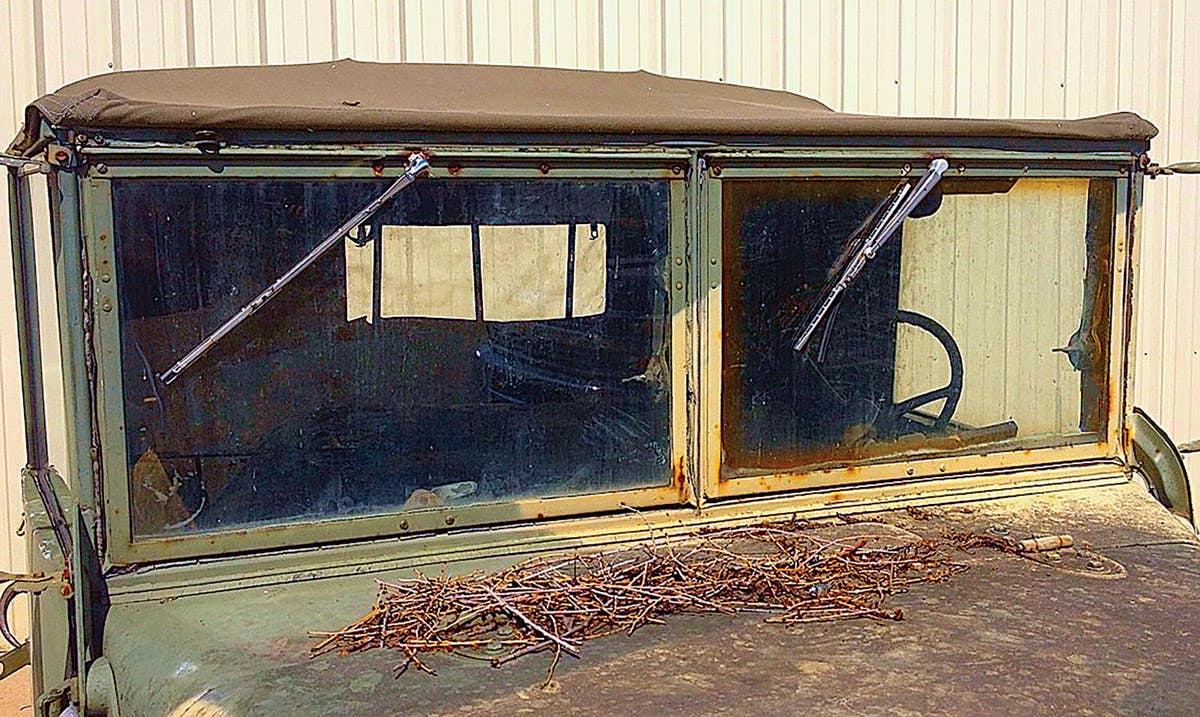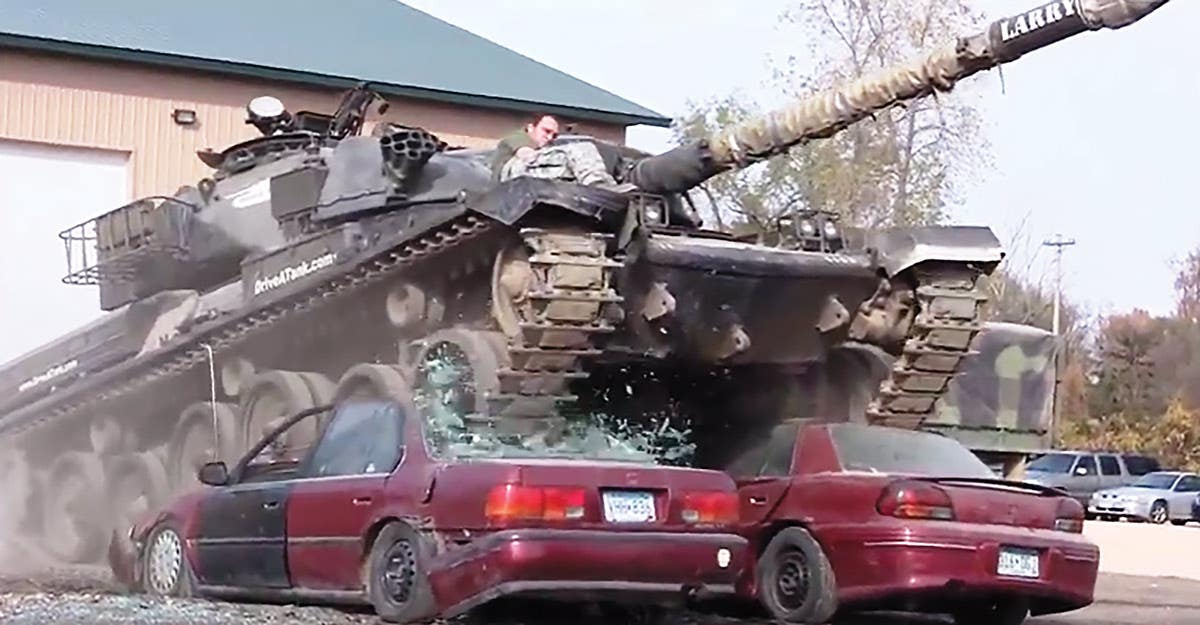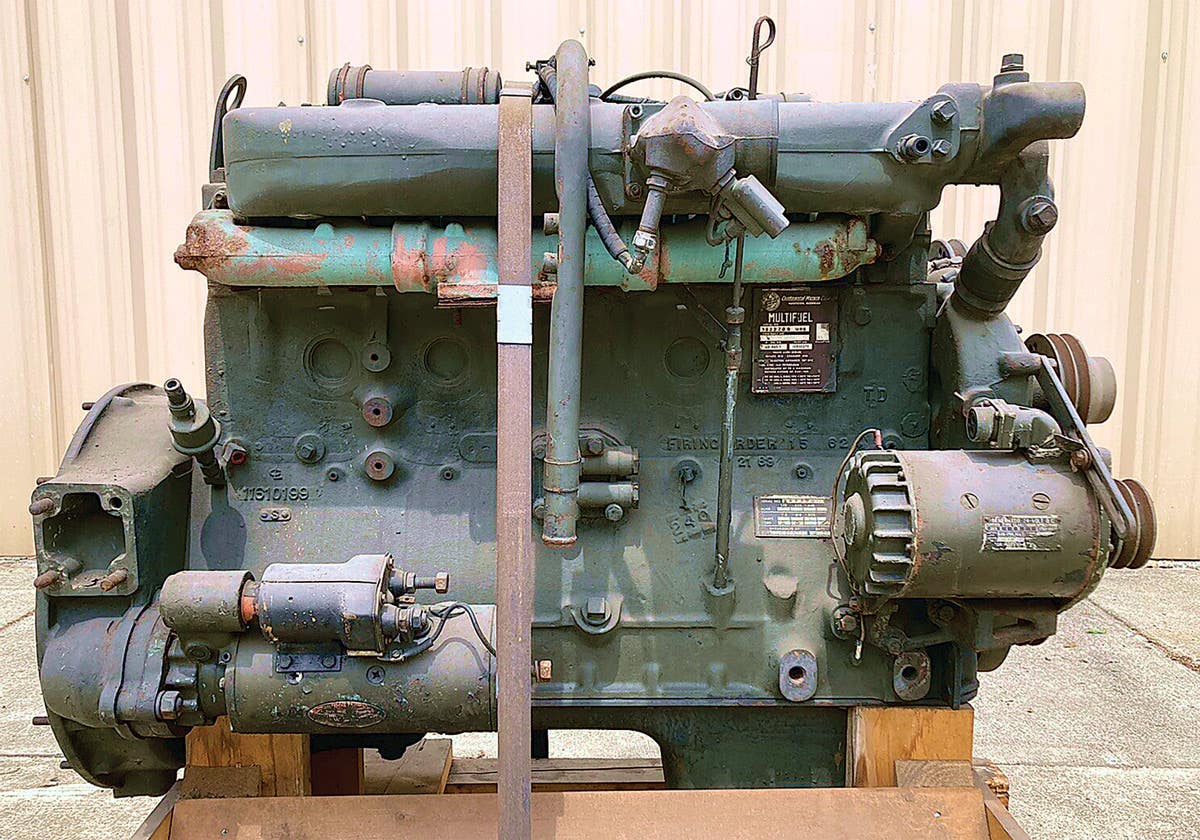The Conquering Convoy
1919 transcontinental journey proved MVs could endure.
The Motor Transport Corps (MTC) was formed out of the United States Army Quartermaster Corps on Aug. 14, 1918 after it became clear the important role motorized vehicles played during World War I. The first director of the M.T.C. was Brigadier Gen. Meriwether Lewis Walker, who was the chief engineer of the Pancho Villa Expedition in 1916-17.
The MTC’s main purpose would be the technical supervision of all motor vehicles including the design, production, procurement, reception, and replacement of all military motor vehicles. The MTC would also be responsible for hauling cargo and personnel over military roads, or roads under military control.
Personnel needed to staff this new corps were recruited and included skilled tradesmen working for automotive manufacturers in the United States. In the general order creating the Motor transport Corps, motor vehicles were defined to include bicycles, motorcycles and automobiles, as well as trailers and trucks. Excluded were tractors of the caterpillar type and tanks which remained under the control of the United States Army Ordnance Department.
By the end of WWI, the U.S. War Department started to wonder if the country’s roads could handle long-distance emergency movement of motorized Army units across the United States. This concern led to a monumental event — the planning of the first Transcontinental Military Motor convoy or truck train by the U.S. Army Transport Corps. It would cover 3,251 miles along the historic Lincoln Highway from Washington, D.C. to San Francisco starting on July 7, 1919 and take 62 days to complete. Headed by Lt. Col. Chares W. McClure and Capt. Bernard H. McMahon as the respective expedition and train commanders, the convoy started with Henry C. Ostermann of the Lincoln Highway Association as the pilot/guide. Official observers included those from the Air Service, Coast and Field Artillery, Medical Corps, Ordnance, Signal Corps and Tank Corps.
Brevet Lt. Col. Dwight D. Eisenhower, the Armored Corps representative, would gain valuable insights seeing first-hand the problems encountered with the transcontinental convoy. His summary report as seen in a Nov. 3, 1919 memo noted, “The convoy made its way west via the Lincoln Highway (now U.S. 30) passing through some 350 towns. Half of the distance traveled was over dirt roads, wheel paths, desert sand, and mountain trails” He later stated that the roads they encountered varied from “average to non-existent”.
Ultimately, Eisenhower would be responsible for creating the Interstate Highway System as president, partly from his experience in the 1919 Motor Transport Corps Convoy and his WWII experience in Germany and the German Autobahn highway system.
The 81 total vehicles and trailers of the convoy included 34 heavy cargo trucks, four light delivery trucks, two mobile machine shops, one blacksmith shop and one wrecking truck — a Militor Artillery Wheeled Tractor. Also included in the convoy were two spare parts stores, two water tanks, one gasoline tank, four kitchen trailers, eight touring cars, one reconnaissance car and two staff observation cars. Five sidecar motorcycles and four solo motorcycles from Harley-Davison and Indian also came along. The motorcycles manned by two junior officers scouted ahead of the main body of the convoy, signaling the route to the rest of the convoy by using blue paper triangles tacked to trees and fences. The other motorcycles were used to carry messages up and down the length of the convoy. The convoy also included five GMC ambulances with two ambulance trailers.
There were a variety of vehicle manufacturers represented, including Cadillac, Dodge, F.W.D., and Garford as well as Liberty with trucks and a two-wheel kitchen cart. Brands like Mack, Packard, Riker, Standardized and Trailmobile showed up in the 3- to 5 1/2-ton range being considered for standardized use along with 11 1.5-ton Class B Standardized military “Liberty trucks”.
On July 7, 1919 the Motor Transport Corps convoy left the Zero Milestone in Washington, D.C. and proceeded to Gettysburg, Pa., where it met up with the Lincoln Highway. This was the heyday of Lincoln Highway travel and the route was dotted with tourist cabins and motor courts. The Lincoln Highway was considered the national highway of the period. While the convoy was seen as an experiment for both the vehicles and the recruits, it was quickly apparent that it would not be an easy trip. Many of the men were poor drivers, causing delays. Their driving skills improved along the way, but the roads became much worse as the group moved west.
It took 62 days for the convoy to travel from Washington, D.C. to San Francisco. The effort began with 24 expeditionary officers, 15 War Department observation officers and 258 enlisted men. Twenty-one soldiers were injured along the route and did not complete the trip. There were 230 road incidents, breakdowns, accidents and other problems during the 62-day period. The average speed of the convoy was 6.07 mph — about 58 miles a day. The soldiers slept an average of 5.5 hours a day.
According to the Lincoln Highway Heritage Corridor Museum, located along the Lincoln Highway (U.S. Route 30) near Latrobe, Pa., the convoy destroyed or damaged 88 bridges and culverts that troops had to repair before continuing.
It is interesting to note that the convoy was preceded by a publicity officer traveling one day ahead by automobile. He alerted everyone along the route that the convoy was coming, resulting in big receptions and parties. Although the convoy was intended to be self sustaining to simulate wartime conditions, it wound up including barbecues, melon fests, and other festivities from Americans welcoming the convoy to their towns.
By the time the convoy reached Illinois, there were almost no paved roads. Major highways and interstates didn’t exist yet. Most roads, especially beyond the Mississippi River, were dirt, rutted paths or serpentine trails through the mountains, many nearly impassable. Mechanical problems — broken couplings and fan belts — delayed travel and plagued the entire convoy trip. Vehicles sank into the and mud, ran off the road or over embankments, and overturned due to the treacherous conditions. Men had to pull and push the vehicles over wide expanses of gumbo mud in the central states and across the desert lands of the far West. Some days, the men labored 15 hours or more to stay on a pre-arranged itinerary. Other hardships included insufficient rest and sleep, lack of shelter, ration difficulties, and at times, a shortage of drinking water.
The worst stretch came near the end, when the convoy left its last station at Orr’s Ranch in Utah and headed out over a long stretch of desolate, mountainous, Nevada desert. Even the Washington Times proclaimed “U.S. TRUCK TRAIN MIRED IN NEVADA DESERT”. The harsh conditions included dust-filled ruts and dry, strong winds pelting the travelers with stinging sand and grit. The one night it did rain made it difficult for the men to sleep on the ground. Somehow, most of the vehicles remained serviceable.
With their difficult August desert trek behind them, the convoy finally made it to California in early September. On Sept. 6, 1919, the group arrived at their destination in San Francisco.
When the final reports were filed from the journey, it was clear the main objectives of the mission were accomplished: 1. The convoy encouraged the construction of a through-route and transcontinental highways; 2. The mission again proved the viability of motor vehicle for military purposes. In the course of the journey, the convoy passed through 350 communities. An estimated 3 million people witnessed the journey. 3. It gave the military an opportunity to see how standard Army vehicles reacted to the terrain, and showed that light trucks were far superior to heavy trucks for off-road duties.
The 1919 Motor Transport Corps Convoy was a historic first. The men of the convoy were individually honored by the board of directors of the Lincoln Highway Association with a specially designed medal from the Whitehead and Hoag Company. The group will forever be remembered as the first motor convoy to cross North America from coast to coast.
David Burrows is a retired educator and life long military collector. He started collecting as a teenager. David was a physics teacher for 37 years with the Pittsburgh Public schools. He is a frequent contributor to Military Trader as well as the OMSA Journal. His other passion with British cars has resulted in many feature stories both in US publications as well as international publications over the last 30 years.







